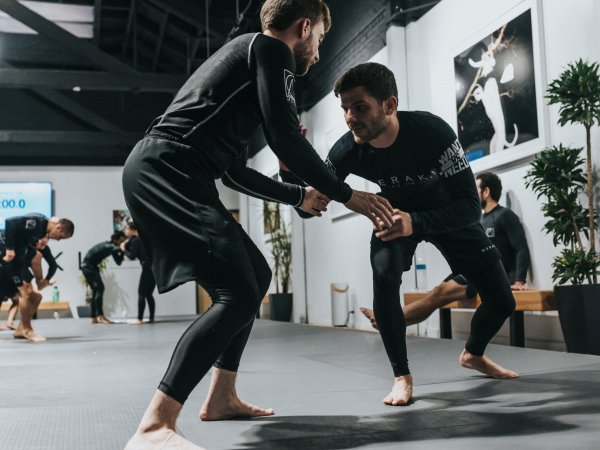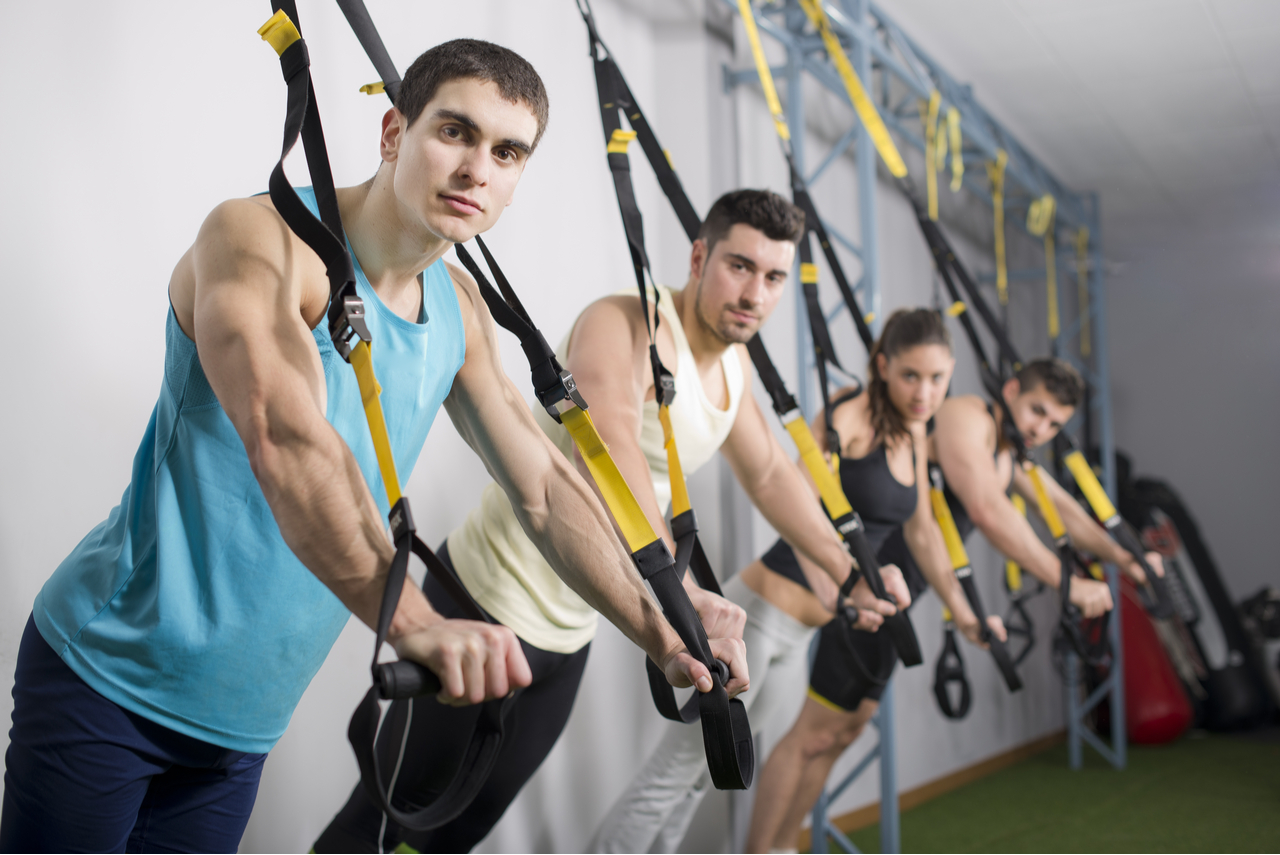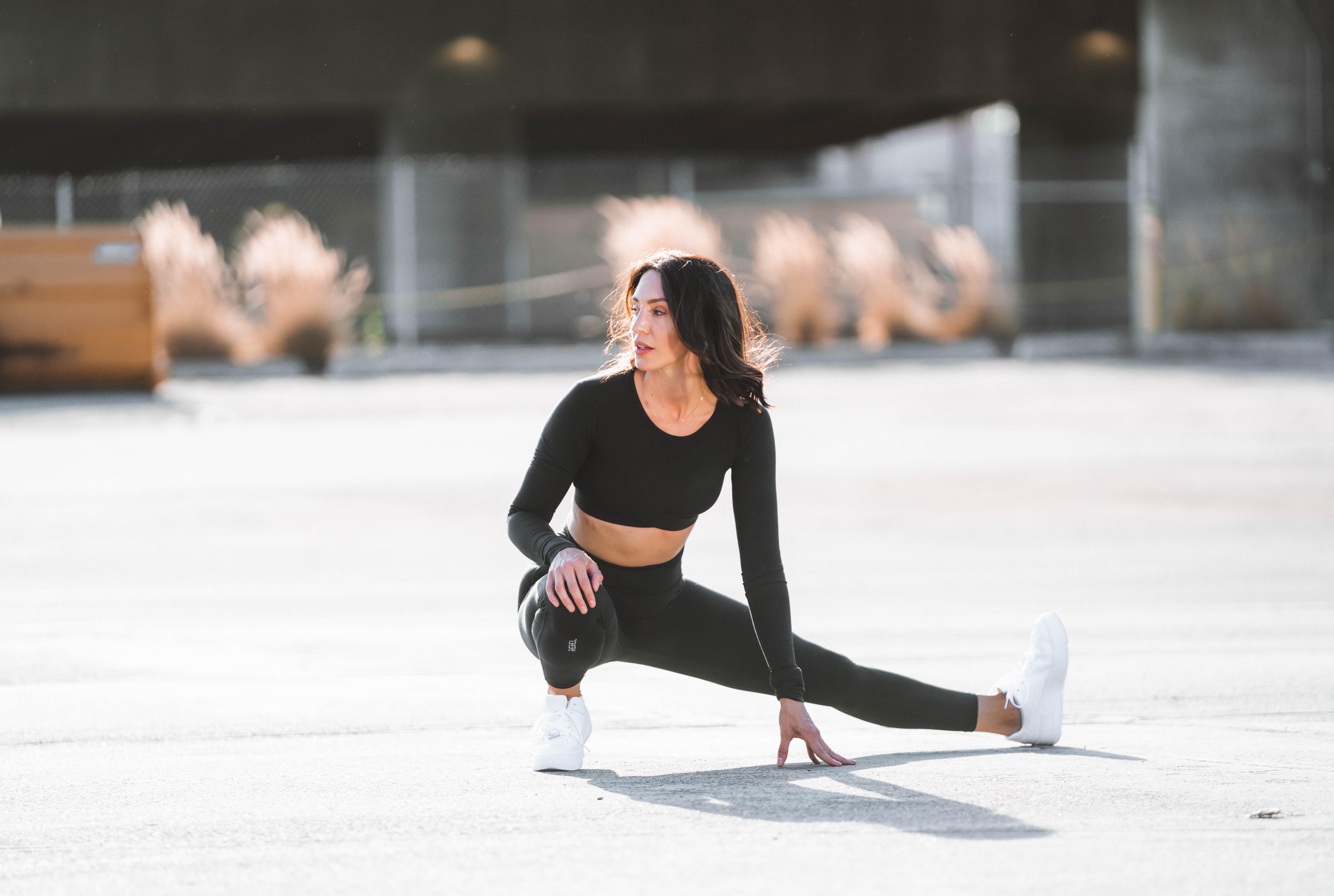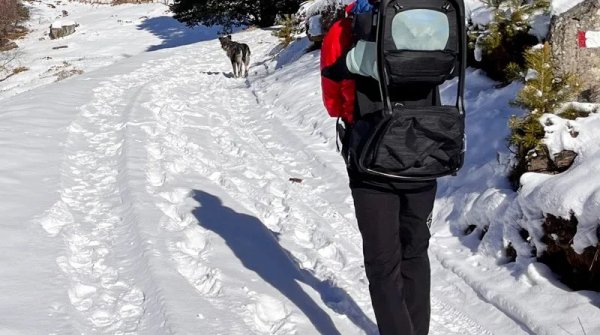Acrobatic martial arts, delicate dance elements and traditional rhythms - capoeria material arts is also enjoying growing popularity in Europe. No wonder, because the graceful and powerful movements of the Capoeira dancers exert a special fascination on the viewer.
But there is another reason for the advance of the Capoeiristas: The martial dance is an excellent whole-body workout, with which strength, fitness and flexibility can be trained. Capoeira dance is also highly effective in terms of fat loss.
The origins of the capoeira martial arts lie in a series of very different African fighting games and ritual dances. The actual Capoeira dance then developed only about 500 years ago in Brazil. In order to preserve part of their identity and rebel against the conquistadors, the slaves who had been abducted from Africa began to practice their traditional defense techniques - much to the displeasure of their oppressors.
So it wasn't long before slaves were banned from practicing martial arts. Without further ado, they transformed their fighting and defense techniques into a dance and were able to continue their traditions through this camouflage.
Until the 1930s Capoeira was completely unknown outside Brazil and had a bad reputation among Brazilians because of its slavish origin. Only towards the middle of the 20th century the Brazilian dance fighting sport could free itself from its shadowy existence by the lifting of the prohibition and the first clubs were founded.
Traditionally, capoeira takes place in the so-called "roda", a circle of trainers and spectators. Two participants move to the center and perform a combination of combat and dance elements - kicks, jumps and somersaults flow into each other and give the sport its typically graceful sequences of movements.
Unlike martial arts such as karate, kickboxing or judo, however, the capoeiristas do not actually fight each other - there are neither winners nor losers at the end. Rather, the goal is to engage in a physical dialogue through an alternation of attacking and defensive movements.
After a dance fight has ended, a new fighting couple is formed by a short high-five. The spectacle is accompanied by drums and the Brazilian string instrument berimbau - the rhythm of the music also determines the tempo of the actors.
They are impressive, the spectacular jumps and acrobatic interludes, but are the capoeira martial arts not rather something for real sportsmen? The fear of turning out to be a coarse-motored couch potato during the first capoeira lesson is completely unfounded.
As with other sports, it is important for newcomers to learn the right technique step by step. The group cohesion and the community play a very important role in Capoeira. It is not about defeating opponents in rows. Rather, something common is to be created by fun and joy in the movement.
The fact that the Brazilian dance fighting sport is at the same time an excellent strength training and the pounds fall like in the flight, becomes there a welcome side effect. So why spend torturous hours on the treadmill or stepper when fitness and fat loss can be achieved in a fun way?
If you want to get body and mind in shape, and maybe you are interested in a new kind of philosophy of life, you should not shy away from the next Capoeira club.
Our tip: In addition to the clubs, many fitness studios now also offer Capoeira as a course.
The Batizado is an annual graduation ceremony for capoeira students, featuring a variety of cultural performances. Teachers and students from different capoeira groups are invited to participate as a community. Students have the opportunity to show what they have learned over the past year and are tested by guest teachers to advance to the next cordel level.
Capoeria dance requires you to use your body, mind and soul. It's a tough sport but you don't have to worry about not being able to match up with others. As it's the case with every other sport, courses start from the beginning and you will learn all the necessary techniques step by step.
What is capoeira dance?
Capoeira is a Brazilian dance fighting sport which combines different kinds of dance as well as fighting sport elements.
Where did capoeira originate?
The fighting dance sport capoeira has its roots in Brazil but originally, the fighting dance is based on the African NiGolo.
How does Capoeira work?
Capoeira dance typically takes place in a circle called "roda". Participants engage in a blend of combat and dance elements, showcasing graceful movements such as kicks, jumps, and somersaults. It's not about defeating opponents but rather engaging in a physical dialogue through movement.
Is Capoeira dance suitable for fitness and weight loss?
Absolutely. Capoeira dance offers a complete workout that enhances strength, flexibility, and cardiovascular health. It's an effective way to burn fat while having fun. Beginners learn techniques gradually, fostering a sense of community and enjoyment in movement.
What is the Batizado in Capoeira?
The Batizado is an annual graduation ceremony where capoeira students showcase their skills and are tested to advance to the next level. It features cultural performances and serves as a celebration of community and progress in the art form.
 Know-HowThe 11 Best TRX Exercises
Know-HowThe 11 Best TRX Exercises







